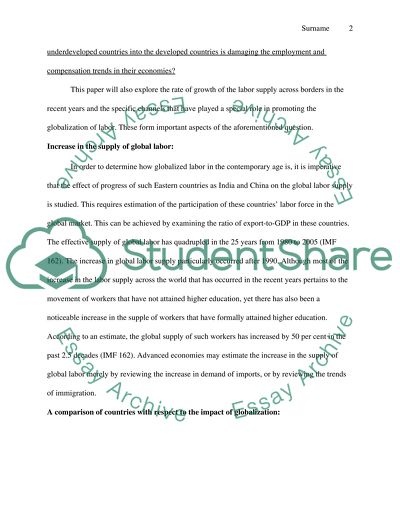Cite this document
(“Globalization and Labor Term Paper Example | Topics and Well Written Essays - 2500 words”, n.d.)
Retrieved from https://studentshare.org/environmental-studies/1415045-globalization-and-labor
Retrieved from https://studentshare.org/environmental-studies/1415045-globalization-and-labor
(Globalization and Labor Term Paper Example | Topics and Well Written Essays - 2500 Words)
https://studentshare.org/environmental-studies/1415045-globalization-and-labor.
https://studentshare.org/environmental-studies/1415045-globalization-and-labor.
“Globalization and Labor Term Paper Example | Topics and Well Written Essays - 2500 Words”, n.d. https://studentshare.org/environmental-studies/1415045-globalization-and-labor.


